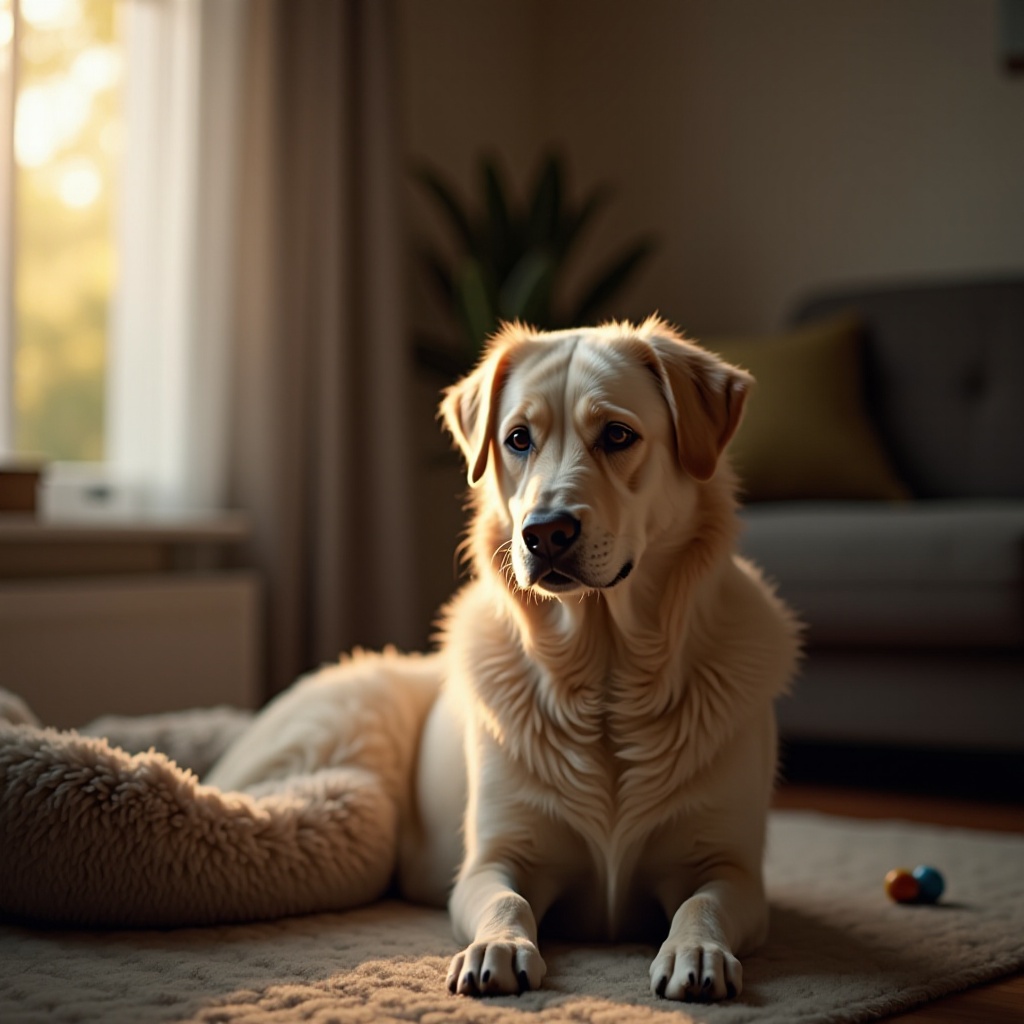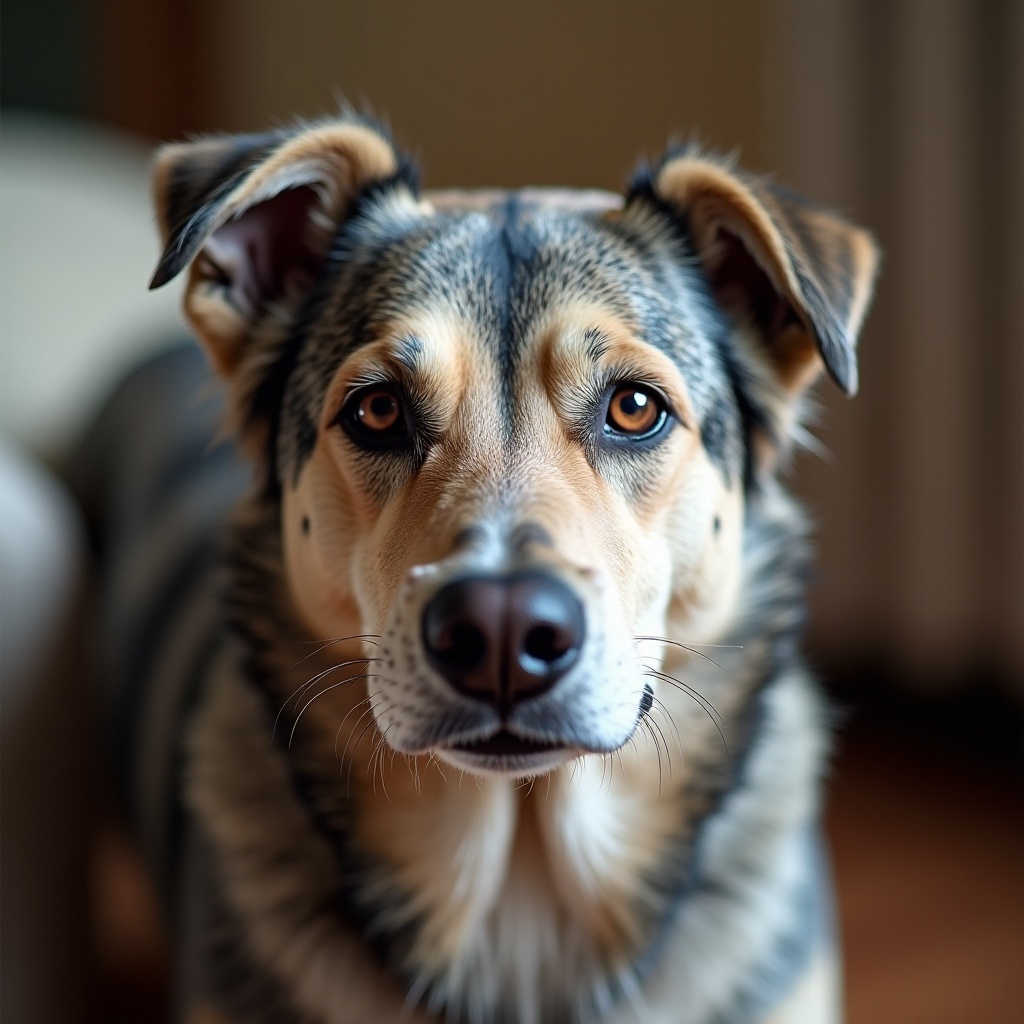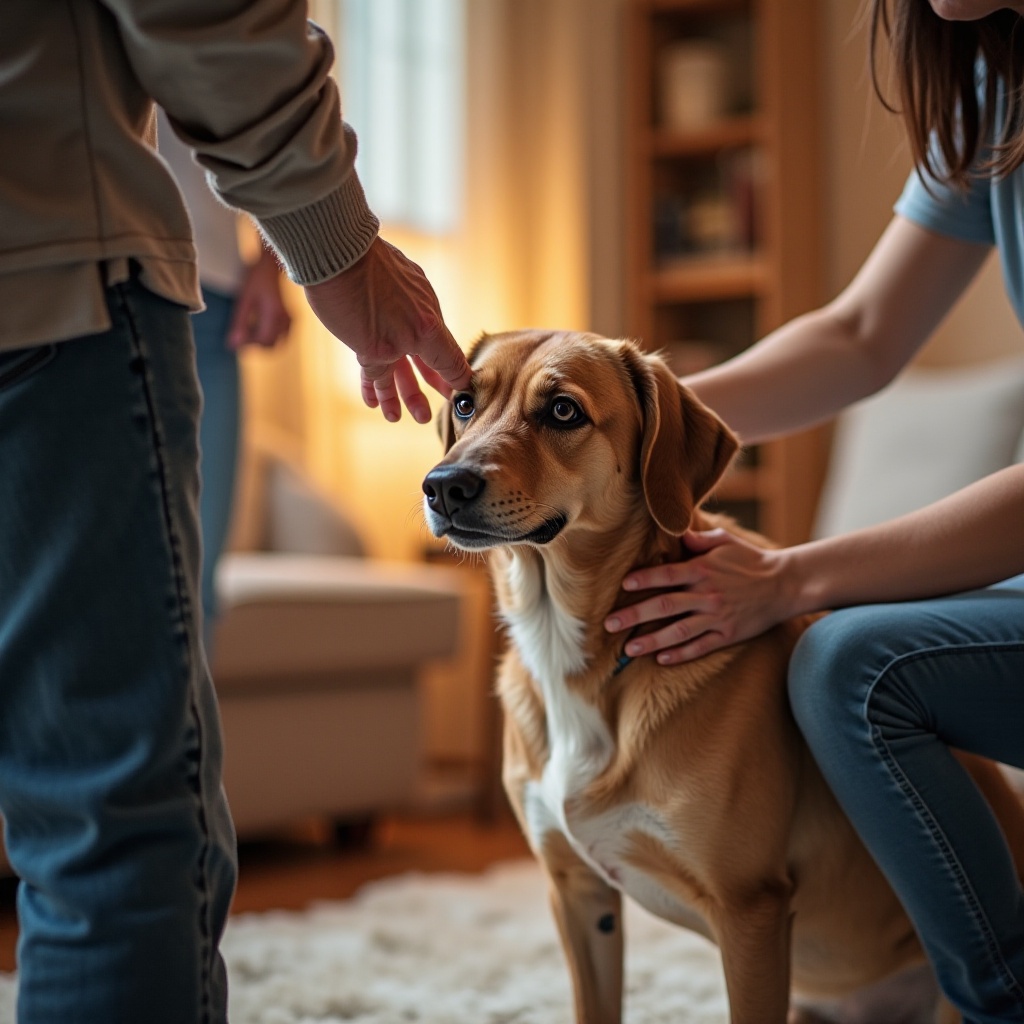Introduction
Aggression in older dogs can be both alarming and challenging for pet owners. Your once calm and affectionate companion might unexpectedly display aggressive behavior, leaving you puzzled and concerned. Understanding the key causes and triggers is crucial for effective management. This guide will explore various aspects of aggression in older dogs, including medical issues, behavioral changes, training techniques, and the use of behavior aids.

Identifying Triggers and Causes
When attempting to manage aggression in older dogs, the first step is to identify the triggers and underlying causes. Aggressive behavior can stem from a range of factors that may not be immediately apparent.
- Environmental Changes: A sudden change in the dog’s environment, such as moving to a new home, introduction of new family members, or significant alterations in the routine, can lead to anxiety and aggression.
- Previous Trauma: Dogs with a history of abuse or neglect may carry the psychological scars into their senior years, causing unexpected aggressive outbursts.
- Protective Instincts: Aging dogs may become more protective and territorial as they perceive themselves to be more vulnerable.
- Fear: As dogs age and their senses deteriorate, they may become more easily startled or frightened, leading to defensive aggression.
Recognizing these triggers is the first step in helping your older dog maintain a calm and peaceful demeanor. Working closely with a veterinarian or animal behaviorist can help identify specific triggers and develop a tailored strategy for managing aggression.
Medical and Health-Related Issues
Medical and health-related issues can significantly contribute to aggression in older dogs. Understanding the health factors that may be influencing your dog’s behavior is essential.
- Pain and Discomfort: Older dogs may suffer from arthritis, dental issues, or other painful conditions that can make them irritable and prone to snapping or growling.
- Cognitive Decline: Cognitive dysfunction syndrome (similar to dementia in humans) can cause confusion, anxiety, and changes in behavior, including aggression.
- Sensory Decline: Loss of vision or hearing can make dogs feel vulnerable and more likely to react aggressively to perceived threats.
- Underlying Medical Conditions: Conditions such as hypothyroidism, neurological issues, or infections can alter your dog’s behavior and cause unexpected aggression.
Regular veterinary check-ups are vital to diagnose and manage any health-related issues early. Proper pain management and medical treatment can significantly reduce aggressive tendencies in older dogs.
Behavioral Changes Due to Aging
Behavioral changes due to aging can also play a significant role in the emergence of aggression. As dogs grow older, they undergo numerous physical and psychological changes that can influence their behavior.
- Increased Anxiety: Just like humans, dogs can develop anxiety as they age. They might become less tolerant of new experiences or changes in their routine.
- Decreased Tolerance to Stress: Older dogs may have a lower threshold for stress, meaning situations that were once easily manageable can now trigger aggressive behaviors.
- Fragility: Senior dogs often become more physically fragile, and any rough handling or boisterous activity from other pets or people can provoke an aggressive response.
Understanding and acknowledging these changes can help you manage and anticipate your dog’s behavior more effectively. Creating a stable and stress-free environment is instrumental in ensuring the well-being of an older dog.

Training Techniques and Behavior Modification
Once you have identified the potential triggers and examined any medical issues, implementing training techniques and behavior modification strategies is the next crucial step.
- Positive Reinforcement: Reward-based training is essential. Reinforce positive behaviors with treats, praise, and affection to encourage good behavior.
- Consistency: Ensure that everyone in the household follows the same training methods and behavioral expectations to avoid confusing the dog.
- Desensitization and Counter-Conditioning: Gradually expose your dog to the triggers of their aggression while providing positive reinforcement, thereby reducing their negative associations.
- Professional Help: Sometimes, enlisting the help of a professional trainer or behaviorist can provide new insights and techniques tailored to your dog’s specific needs.
With patience and persistence, it is possible to modify aggressive behaviors and foster a more harmonious relationship with your older dog.
Effective Use of Behavior Aids and Tools
In addition to training techniques, various behavior aids and tools can support the management of aggression in older dogs.
- Calming Products: Products such as calming collars, sprays, and supplements containing ingredients like pheromones or CBD oil can help reduce anxiety.
- Muzzle Training: A well-fitted muzzle can be a safety tool while working on aggressive behavior, but it should be used properly and humanely.
- Interactive Toys: Providing plenty of mental stimulation through interactive toys can keep your dog’s mind engaged and divert negative energy.
- Secure Zones: Create a safe and quiet space for your dog where they can retreat if feeling overwhelmed or stressed.
Using these aids in conjunction with consistent training and behavior modification can create a supportive environment for your older dog.
Case Studies and Real-Life Examples
Understanding how other pet owners have successfully managed aggression in their older dogs can provide valuable insights and motivation.
- Case Study 1: A 10-year-old Labrador exhibiting aggression due to arthritis was successfully managed with pain medication and regular gentle exercise, combined with positive reinforcement training.
- Case Study 2: An older Terrier with cognitive decline received behavior modification training along with the use of calming supplements and environmental enrichment, leading to a significant reduction in aggressive episodes.
These real-life examples demonstrate that with the right approach, it is possible to manage and even overcome aggression in older dogs.

Conclusion
Managing aggression in older dogs requires a multifaceted approach, including understanding the triggers, addressing medical issues, adapting to behavioral changes, implementing training techniques, and using behavior aids. With patience, dedication, and the right resources, you can help your senior dog lead a more peaceful and contented life.
Frequently Asked Questions
Why does my older dog suddenly become aggressive?
Older dogs may become suddenly aggressive due to health problems, cognitive decline, increased anxiety, or environmental changes. It’s essential to consult with a veterinarian to rule out any medical issues first.
Can older aggressive dogs be retrained?
Yes, older aggressive dogs can be retrained using positive reinforcement, desensitization, and counter-conditioning techniques. Consistency and patience are key.
What are the best behavior aids for managing aggression in older dogs?
The best behavior aids include calming products like pheromone collars, interactive toys, and secure zones where the dog can retreat. Muzzle training and professional guidance may also be beneficial.
